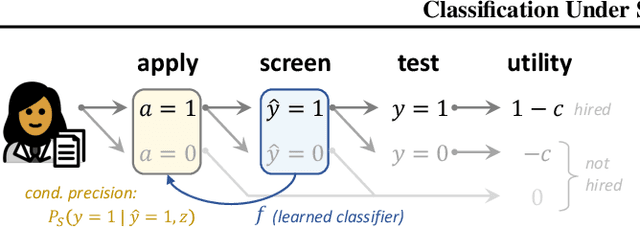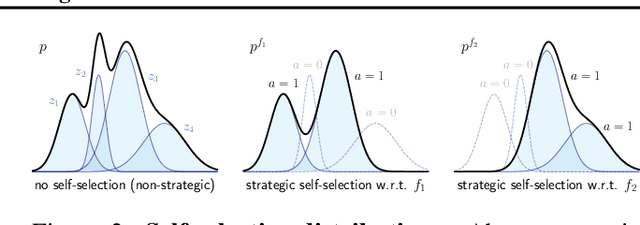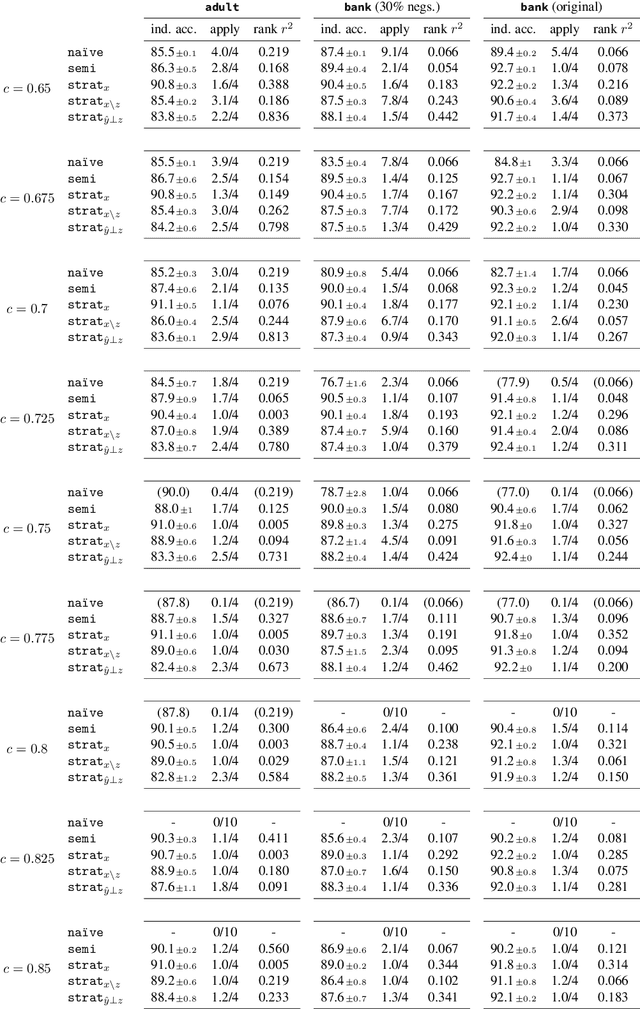Yonatan Sommer
Learning Classifiers That Induce Markets
Feb 27, 2025Abstract:When learning is used to inform decisions about humans, such as for loans, hiring, or admissions, this can incentivize users to strategically modify their features to obtain positive predictions. A key assumption is that modifications are costly, and are governed by a cost function that is exogenous and predetermined. We challenge this assumption, and assert that the deployment of a classifier is what creates costs. Our idea is simple: when users seek positive predictions, this creates demand for important features; and if features are available for purchase, then a market will form, and competition will give rise to prices. We extend the strategic classification framework to support this notion, and study learning in a setting where a classifier can induce a market for features. We present an analysis of the learning task, devise an algorithm for computing market prices, propose a differentiable learning framework, and conduct experiments to explore our novel setting and approach.
Classification Under Strategic Self-Selection
Feb 23, 2024



Abstract:When users stand to gain from certain predictions, they are prone to act strategically to obtain favorable predictive outcomes. Whereas most works on strategic classification consider user actions that manifest as feature modifications, we study a novel setting in which users decide -- in response to the learned classifier -- whether to at all participate (or not). For learning approaches of increasing strategic awareness, we study the effects of self-selection on learning, and the implications of learning on the composition of the self-selected population. We then propose a differentiable framework for learning under self-selective behavior, which can be optimized effectively. We conclude with experiments on real data and simulated behavior that both complement our analysis and demonstrate the utility of our approach.
 Add to Chrome
Add to Chrome Add to Firefox
Add to Firefox Add to Edge
Add to Edge